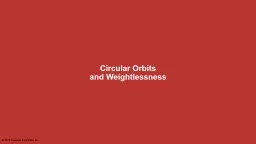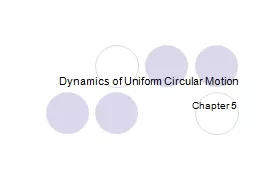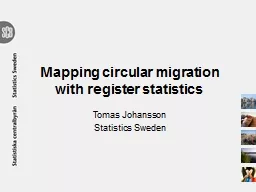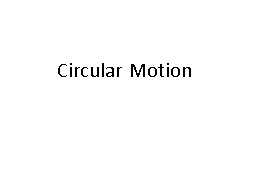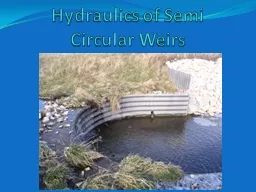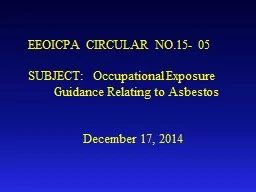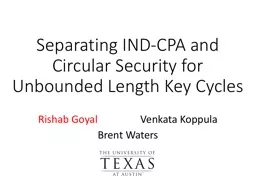PPT-Circular Orbits
Author : celsa-spraggs | Published Date : 2017-01-28
and Weightlessness 2015 Pearson Education Inc Orbital Motion The force of gravity on a projectile is directed toward the center of the earth 2015 Pearson Education
Presentation Embed Code
Download Presentation
Download Presentation The PPT/PDF document "Circular Orbits" is the property of its rightful owner. Permission is granted to download and print the materials on this website for personal, non-commercial use only, and to display it on your personal computer provided you do not modify the materials and that you retain all copyright notices contained in the materials. By downloading content from our website, you accept the terms of this agreement.
Circular Orbits: Transcript
Download Rules Of Document
"Circular Orbits"The content belongs to its owner. You may download and print it for personal use, without modification, and keep all copyright notices. By downloading, you agree to these terms.
Related Documents

